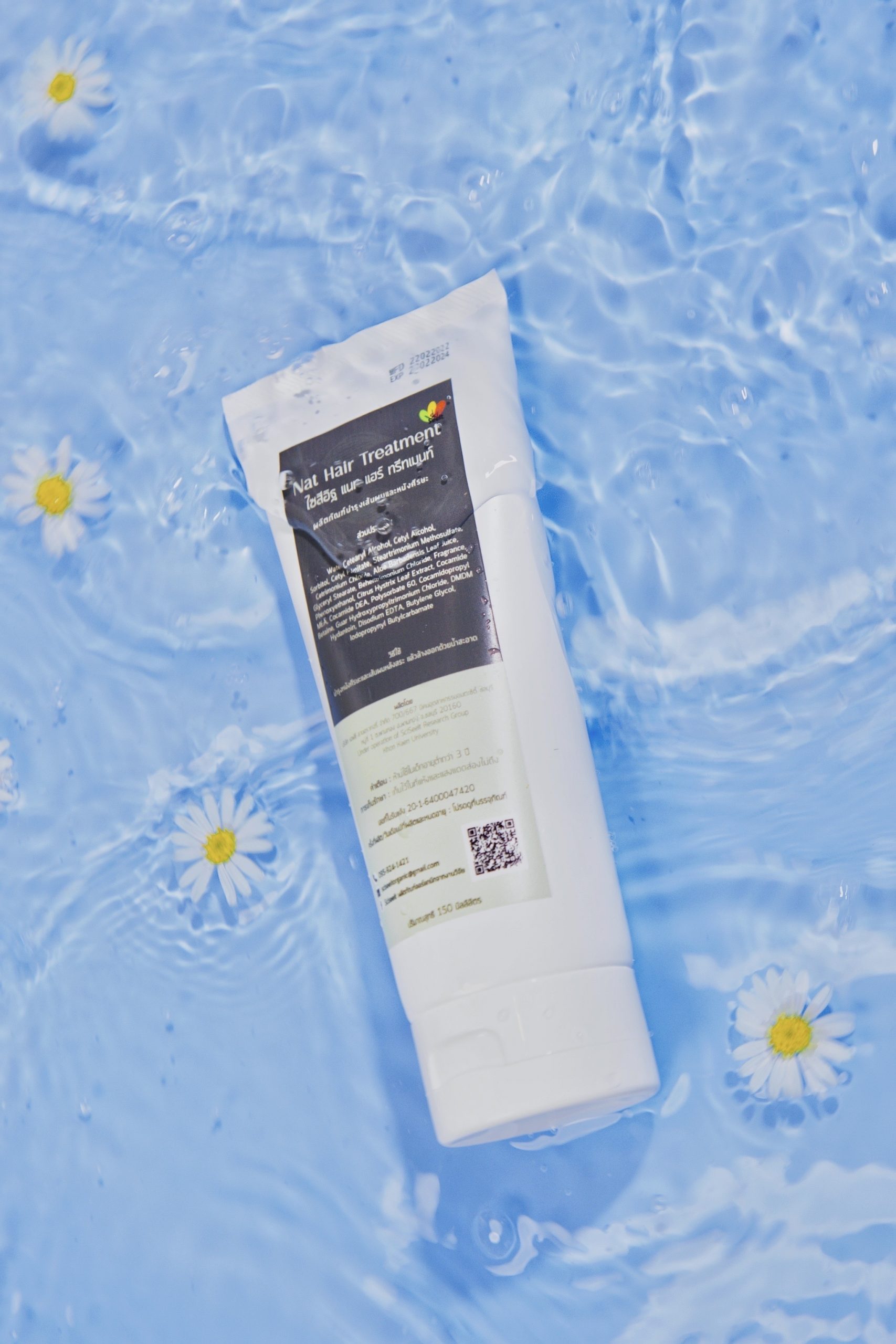Follow us for more >>

จากการศึกษาความหลากหลายของพืชในสาขาอนุกรมวิธานระดับโมเลกุล (Plant Molecular Systematics) นำมาสู่การศึกษาความหลากชนิดของสารเคมีในพืช (Phytochemical Diversity) พบสารเคมีสำคัญ ๆ มากมาย เช่น
- สารโอลิเอไมด์ (Oleamide) ที่มีบทบาทในการฟื้นฟูความจำ ชักนำให้หลับลึก คลายเครียด และกระตุ้นการอยากอาหารในผู้สูงวัย
- สารอาร์บูติน (Arbutin) มีบทบาทในการยับยั้งการทำงานของเอนไซม์ไทโรซินเนสที่ก่อให้เกิดจุดด่างดำบนชั้นผิว
- สารเบต้าซิโทสเตอรอล (β-sitosterol) ที่มีบทบาทกระตุ้นการงอกใหม่ และลดการหลุดร่วงของเส้นผม
- สารไฟทอล (Phytol) มีบทบาทในการฟื้นฟูการทำงาน และเพิ่มความแข็งแรงให้แก่เซลล์
- สารอะมายริน (Amyrin) ที่มีบทบาทในการต้านเชื้อแบคทีเรียก่อโรคผิวหนังอักเสบและสิว
ผลิตภัณฑ์ทั้งหมดของไซสีอิฐ เป็นผลิตภัณฑ์ทางธรรมชาติที่ยืนยันได้ว่าไม่มีการเติมสารเคมีเสริมการออกฤทธิ์ และไม่ก่อให้เกิดผลข้างเคียงต่อผู้บริโภค ทุกผลิตภัณฑ์ของไซสีอิฐผ่านการวิจัยและทดสอบความเป็นพิษในระดับเซลล์ (Cytotoxicity testing) และระดับดีเอ็นเอ (Genotoxicity testing)
The study of plant diversity in the fields of Plant Taxonomy and Plant Molecular Systematics led to the study of chemical diversity in plants. In phytochemical diversity, many important chemicals have been discovered, such as:-
- Oleamide plays roles in memory recovery, induce deep sleep, relieve stress, and stimulate appetite in the elderly, and is anti-inflammatory;
- Arbutin plays important roles in inhibiting the activity of the enzyme tyrosinase in melanin production called melanogenesis that causes dark spots, and dull to dark on the skin;
- β-Sitosterol plays roles in hair growth stimulating, hair loss reducing, anti-itching and anti-dandruff, and cholesterol-lowering;
- Phytol plays roles in improving cell function and increasing cell strength, and amyrin plays a role in anti-bacterial activity caused inflammation and acne on the skin.
The research team has taken this knowledge into further research in depth for finding the important and comprehensive factors in the process of cosmetics, supplements, and medicine registration to bring this product into the commercial market. The next step in the study of phytochemical screening exactly measures the amount and concentration of the specifically targeted substances. Then there will be substance information that is, it is enough to activate and benefit to the human body. If the reply is yes, the plant will be further studied at the preclinical level both at the cell and DNA human level to test whether the plant is toxic to humans or not. When no toxicity was found at the cell and DNA level, the plant and the prototype have to be tested at the clinical level in volunteers, and when they are not toxic to humans and have a targeted activity that is assumed to be based on the type of phytochemicals, the researchers will proceed for cosmetics, supplements, and medicine registering, petty/petty patents recording, publishing and goods production from the good manufacturing practice factory (GMP). Then the goods have been sold at SciSeeIt Co., Ltd. According to the process of research from the beginning until goods production of the aforementioned article.
- 099 746 2635
- sciseeit@gmail.com